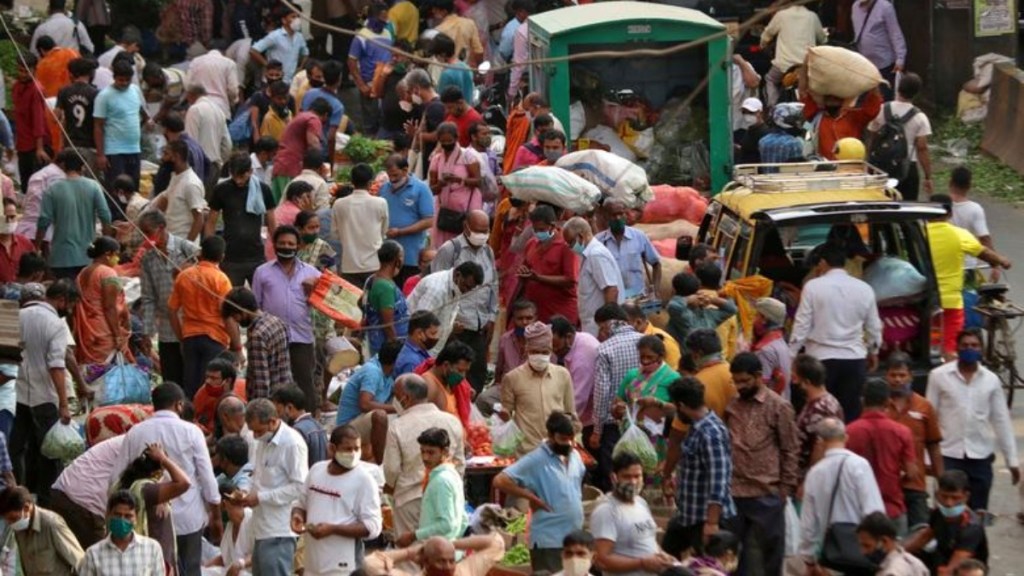India’s much-touted demographic dividend was best to be reaped by the early part of the second decade of the millennium, but it failed to efficiently use the opportunity. There is still a window left for the country to take residual benefit of its youthful demography, before it closes in another two decades.
India is set to become the most populous country by overtaking China by mid-2023, the United Nations Population Fund said in in its latest report on world population. Economists who FE spoke to said the country has to fix its structural issues fast, accelerate investment in health & education to improve employability of its workforce. In parallel, land and labour reforms must be take forward to boost the country’s manufacturing competitiveness so that the potential of the sector to create millions of jobs could be tapped.
Like in the services sector, the Central government and state governments will have to take steps to accelerate manufacturing activity to harness the full potential of its relatively young population, experts said.
While India’s population ages with the birth rate falling and longevity increasing, the next few years would be crucial to address structural issues that could accelerate India’s economic growth.
“Every indication is that we are doing everything possible not to realise the demographic dividend when it should be the exact opposite. We are not generating jobs, or investing in health and education. If we are not doing these things, then our dividend will go unutilised. China did these and realised their dividend,” said Santosh Mehrotra, Visiting Professor, Centre for Development Studies, University of Bath, UK.
The demographic dividend is the economic growth potential that can result from shifts in a population’s age structure, mainly when the share of the working-age population (15 to 64) is larger than the non-working-age share of the population (14 and younger, and 65 and older).
During a demographic transition – where fertility rates decline, life expectancy rises and workforces grow – human capital investment could trigger a demographic dividend, not only through greater economic productivity but also from more health, education and empowerment.
“While we have a new education policy and we (the Centre and states together) want to invest 6% of GDP, the actual investment is 2.9% of GDP. We are also generating unemployable,” Mehrotra said.
In education, another critical area, public investment is just 1% of GDP. The 15th Finance Commission had recommended that India’s public expenditure on health should increase to 2.5% of GDP by 2025.
According to the United Nations Population Fund (UNFPA)’s State of World Population Report 2023 released on Tuesday, India’s working-age population is rising and stood at 68% compared with 67.3% in 2020 and 66% in 2015. China, on the other hand, has a working-age population of 69%, but it is declining from 70.3% in 2020 and 73% in 2015. India’s population in 2023 stood at 1,428.6 million compared to China’s 1,425.7 million.
According to UNFPA, India needs to address the diversity between States. While India is a young country, the status and pace of population ageing vary among States. Southern States, which are advanced in demographic transition, already have a higher percentage of older people. These differences in age structure reflect differences in economic development and health – and remind us of States’ very different starting points at the outset of the 2030 Sustainable Development Goals Agenda. But this also offers boundless opportunities for States to work together, especially on demographic transition, with the north-central region as the reservoir of India’s workforce.
China’s demographic dividend, started in the 1970s and peaked around 1987-88, before petering out by 2012. Yet, China’s working-age population is almost the same as that of India now. On the other hand, India’s demographic dividend started to see some momentum from 1973 and peaked around 2011-12, but it still has a window till 2048.
Thus, the benefit to the GDP from demographic transition in India has been lower than its peers in Asia and is already tapering.

